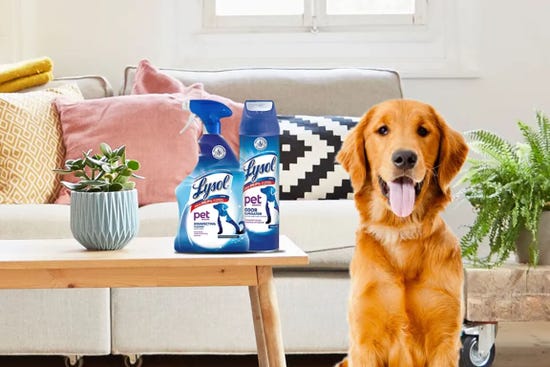Get the Facts on the COVID-19 Virus
The rapid outbreak of the Novel Coronavirus (COVID-19) has created unprecedented challenges in our lives, homes and workplaces. Arm yourself with the facts about the disease and learn how Lysol products can help you protect your loved ones.
.jpg?width=700&height=550&format=jpg&quality=80)
How Does the COVID-19 Virus Spread?
According to the Center for Disease Control (CDC), the virus is thought to spread mainly from person-to-person, particularly between people who are in close contact with one another (within about 6 feet).
Do You Know the Symptoms of COVID-19?
People with COVID-19 have had a wide range of symptoms reported – ranging from mild symptoms to severe illness. According to the CDC symptoms of COVID-19 may appear in as few as 2 days or as long as 14 days after exposure.2
Symptoms can include:
- Fever or chills
- Cough
- Shortness of breath or difficulty breathing
- Fatigue
- Muscle or body aches
- Headache
- New loss of taste or smell
- Sore throat
- Congestion or runny nose
- Nausea or vomiting
- Diarrhea
Visit cdc.gov for the most up-to-date information on symptoms.
Based on CDC recommendations, following these six easy steps to help protect yourself and prevent the spread of COVID-19.
- Always cover your nose and mouth when sneezing
- Wash your hands
- Wear a face cover around others
- Keep 6 feet distance from others
- Monitor your health
- Clean and disinfect frequently touched surfaces
Get more information on prevention at: https://www.cdc.gov/covid/prevention/
Read More COVID-19 Related Content
Legal Disclaimer
**Lysol Disinfectant Spray and Disinfecting Wipes kill SARS-COV-2 on hard, non-porous surfaces in 2 minutes. Lysol Laundry Sanitizer kills SARS-COVS-2 in 5 minutes in pre-soak.
Sources
1 https://www.who.int/health-topics/coronavirus
2 https://www.cdc.gov/covid/signs-symptoms/index.html
For the most up-to-date information, please refer to the CDC website at https://www.cdc.gov/coronavirus/2019-ncov/
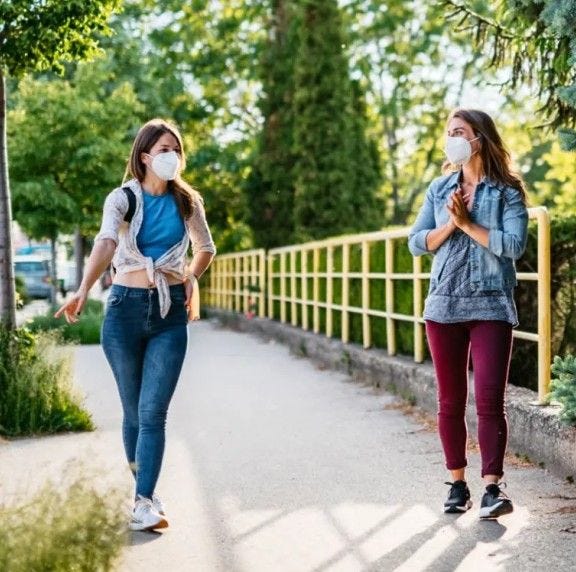




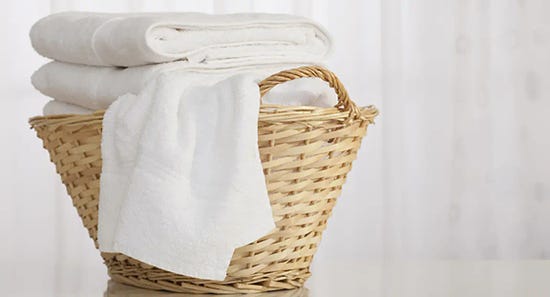
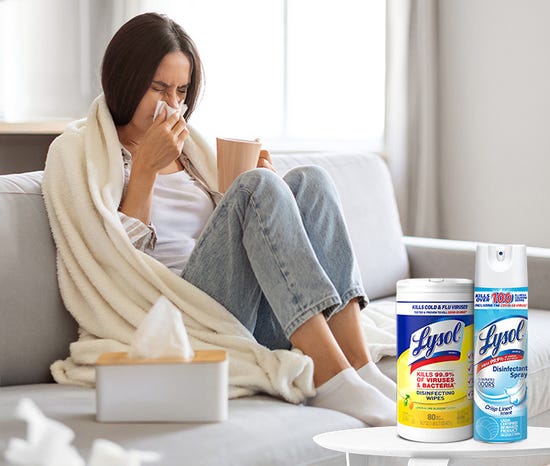
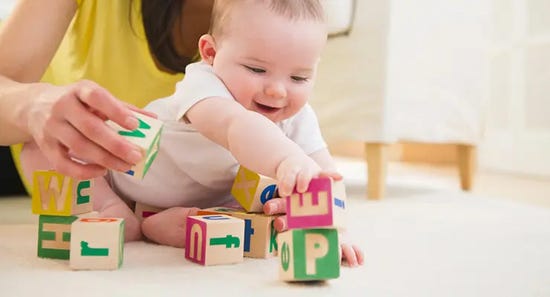
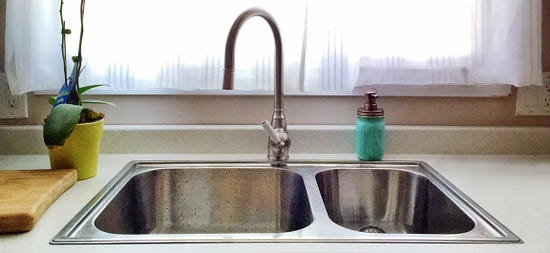

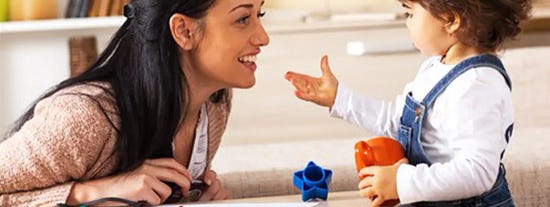
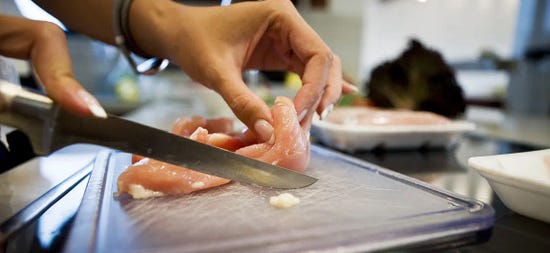

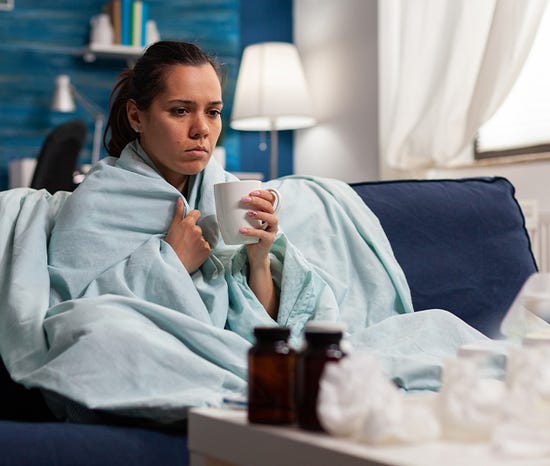
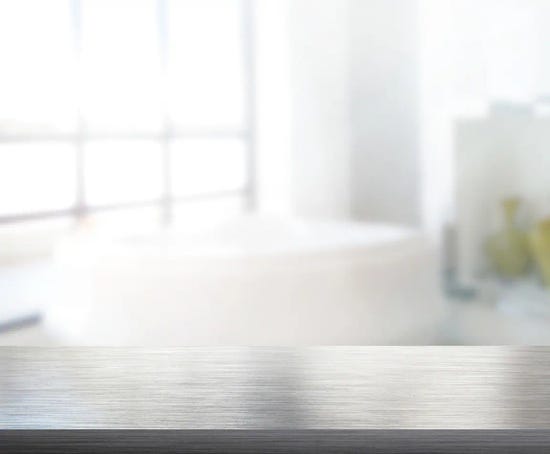
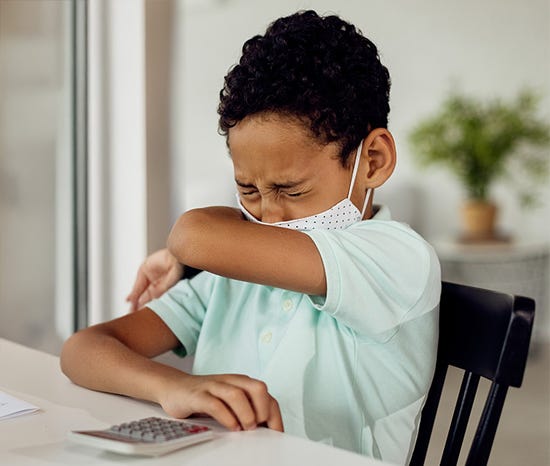
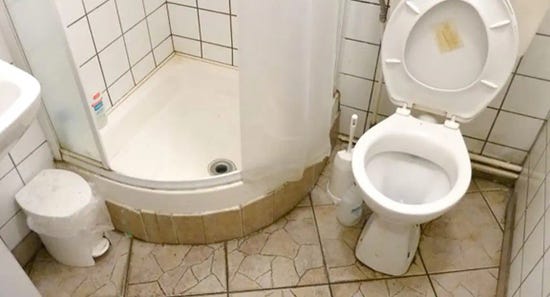
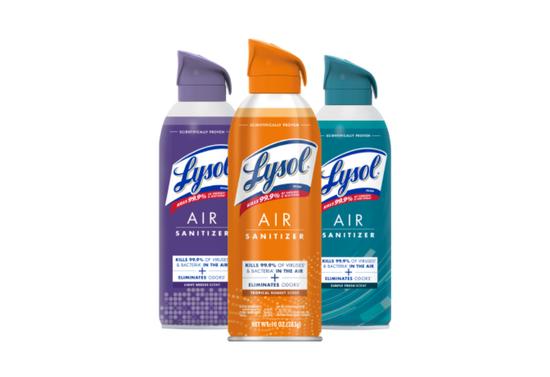
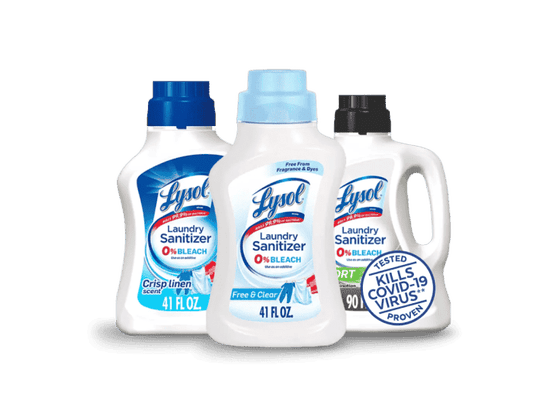
.png?width=550&height=377&format=png&quality=80)
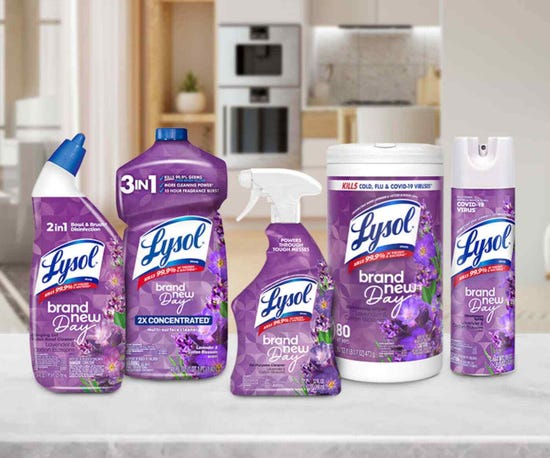
.png?width=550&height=377&format=png&quality=80)
.png?width=550&height=420&format=png&quality=80)
.png?width=550&height=377&format=png&quality=80)
.png?width=550&height=377&format=png&quality=80)
